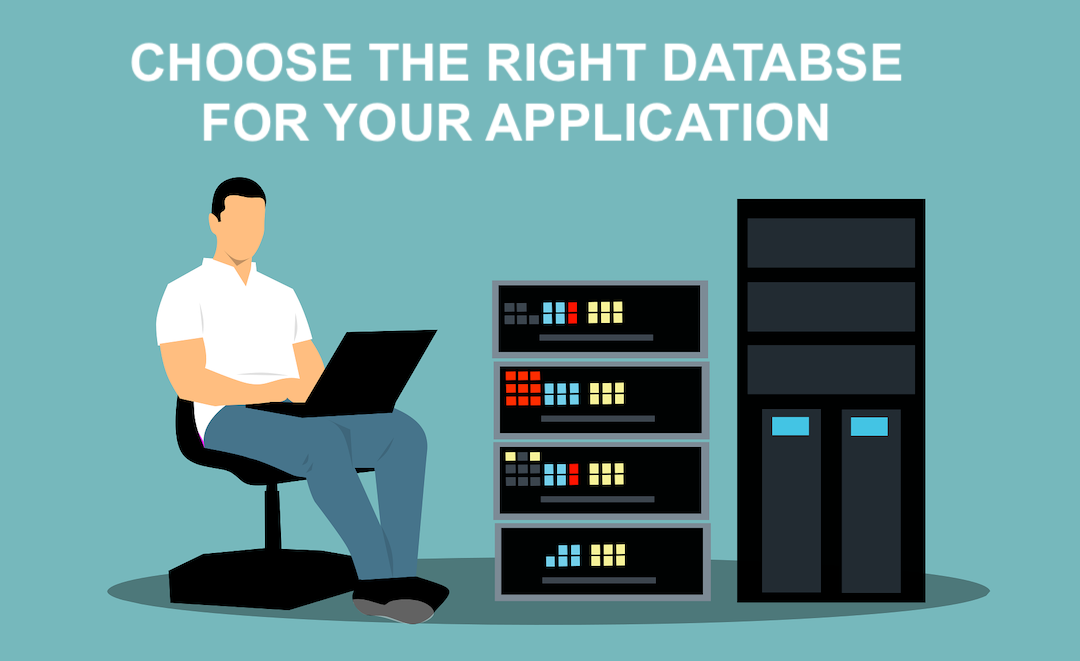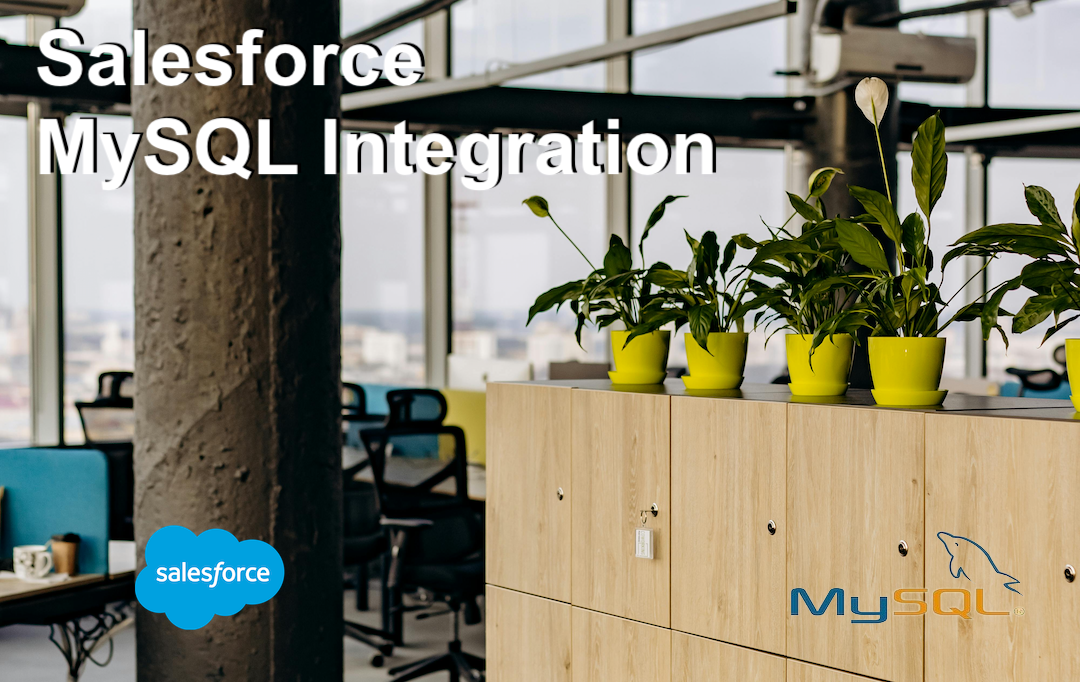
Data generators are critical components in modern data science, machine learning, and artificial intelligence. They play a pivotal role in creating synthetic data, augmenting existing datasets, and ensuring the robustness and reliability of models. This analysis delves into the various types of data generator, their applications, benefits, challenges, and future prospects.









